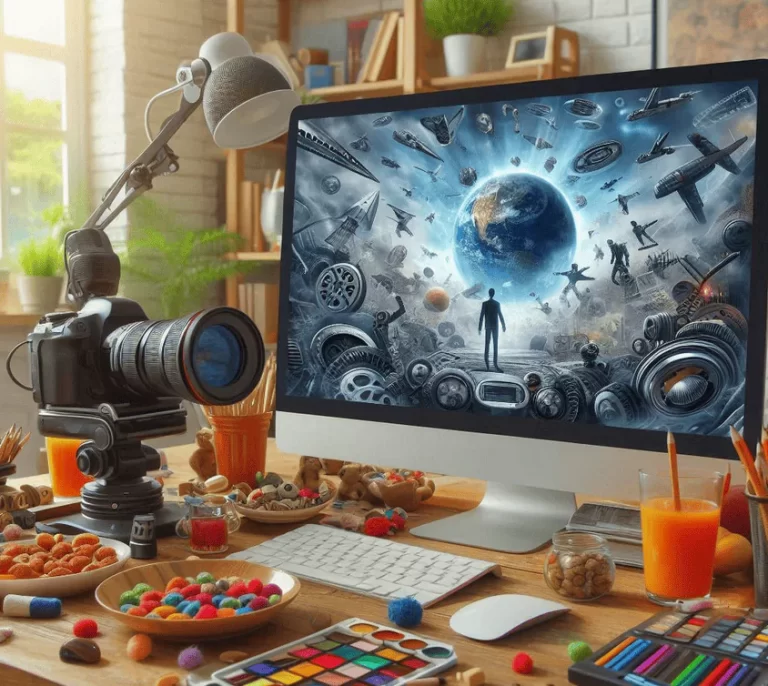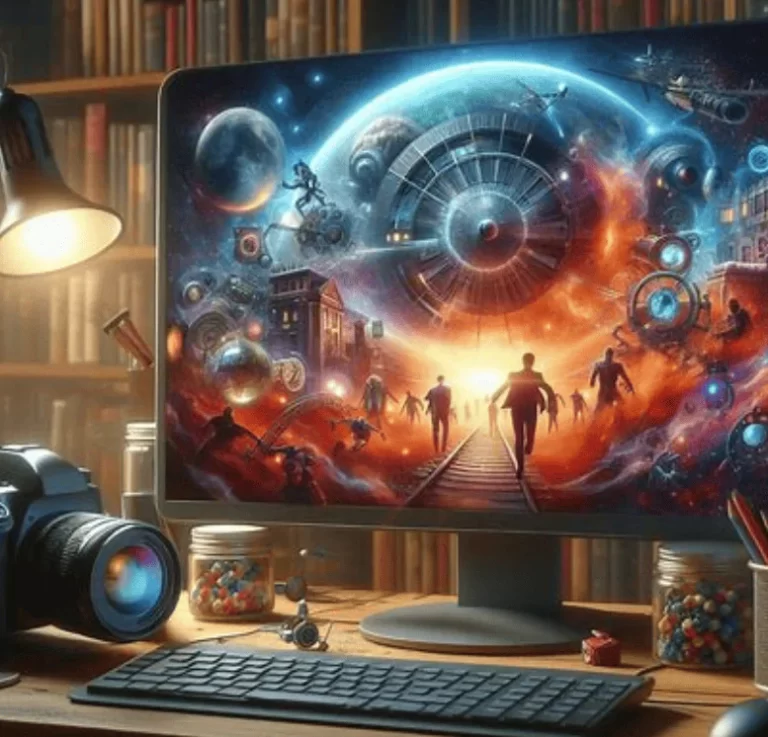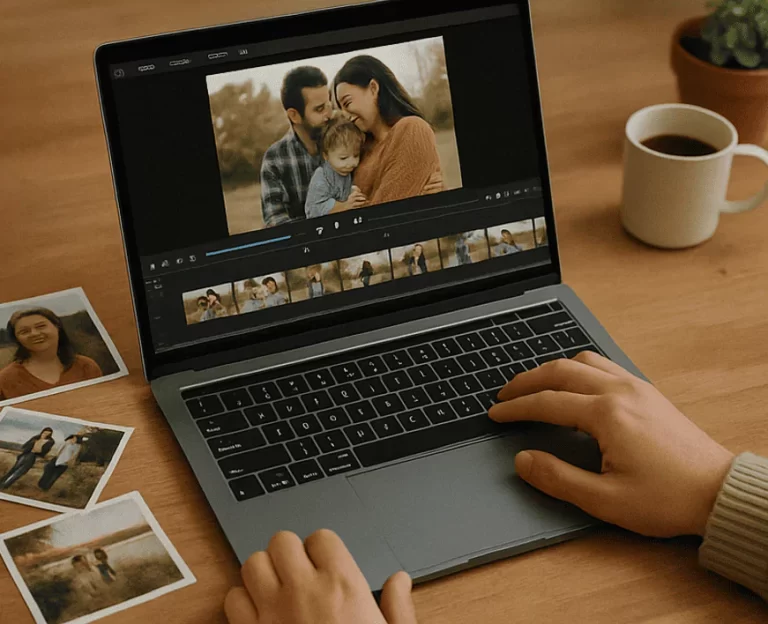
How Long Post Production Takes to Perfect a Movie
In a world where binge-worthy content and cinematic spectacles stream at lightning speed, it’s easy to forget one powerful truth: movie magic doesn’t happen overnight. While the final cut of a film may seem seamless on screen, the artistry that unfolds behind the curtain is a slow and intricate dance. It’s in this quiet, meticulous stage—often overlooked by audiences—where a good film becomes a great one. And it all happens during Post Production.
Pause for a moment and imagine this: a director yells “cut” for the final time on set. The lights dim. The crew exhales. Cameras stop rolling. To the casual observer, the movie might seem “done.” But in truth, that’s only the beginning of a new, even more essential chapter. The real transformation—the emotional stitching, narrative sculpting, and sonic layering—takes place in Post Production, where raw footage is polished into visual poetry.
Why This Stage Is the Heartbeat of Great Filmmaking
So, how long does Post Production take? The answer isn’t a simple number. It’s a spectrum—ranging from a few weeks for small indie projects to over a year for major studio blockbusters. But the time isn’t the point. The point is what happens during that time: the relentless commitment to detail, the tireless pursuit of perfection, and the patient craftsmanship that breathes life into storytelling.
From the moment editing begins, a symphony of specialized professionals orchestrates every second of screen time. Editors trim scenes with surgical precision. Sound designers engineer emotional landscapes through audio textures. Colorists elevate the mood with the slightest hue adjustments. Visual effects artists push the boundaries of reality, one frame at a time.
This isn’t just technical work. It’s deeply creative. And when done right, it’s invisible to the viewer—seamlessly guiding them through a cinematic journey without distraction.
Crafting Emotion Through Precision
Think about the last film that moved you. Chances are, it wasn’t just the actors or the script that struck a chord—it was the rhythm of the story, the haunting score swelling at just the right moment, the crispness of a transition that made you feel something. These aren’t accidents. They’re the intentional results of Post Production.
A single scene may be edited and re-edited dozens of times. A one-minute action sequence could take months to refine. Music might be rewritten repeatedly to capture just the right tension or release. And every decision made behind closed editing bays serves one singular goal: impact.
That’s the brilliance of Post Production—the stage where emotion is calibrated, where vision becomes visceral.
The Timeline: From Raw Footage to Release
You might ask, “What does a typical Post Production timeline look like?” The truth is, it depends. On average, a standard feature film spends about 6 to 12 months in Post Production. But that’s just a guideline. A short film might wrap up in a few weeks, while a CGI-heavy blockbuster can take upward of 18 months.
Here’s a brief breakdown of what often happens in that time:
1. Picture Editing (6–20 weeks)
The editor takes the raw footage and begins shaping the story. This includes choosing the best takes, trimming excess material, and building a compelling visual flow.
2. Sound Design and Mixing (4–12 weeks)
Every footstep, whisper, explosion, and silence is curated to fit the mood. Sound engineers layer effects, ambient noise, ADR (Automated Dialogue Replacement), and final mixing to ensure auditory excellence.
3. Visual Effects (6–36+ weeks)
If the film calls for any digital effects—from subtle enhancements to full-blown CGI battles—this is where those assets are built and integrated.
4. Color Correction and Grading (2–6 weeks)
Colorists refine the visual tone of the film. They balance brightness, contrast, and hues to match the director’s aesthetic vision and maintain consistency.
5. Music Composition and Scoring (4–10 weeks)
Original scores are composed to amplify emotion, set pace, and underscore key moments. Live orchestras or digital arrangements are often recorded during this stage.
6. Final Cut and Delivery (2–4 weeks)
After months of meticulous crafting in the edit bay, long nights tweaking soundscapes, and endless hours of refining each visual detail, the film reaches its final, critical phase: Final Cut and Delivery. This is where the vision becomes reality—and the project transitions from a creative endeavor to a finished cinematic experience, ready to meet the world.
What Is the Final Cut?
The Final Cut isn’t just about trimming scenes or adjusting transitions. It’s the ultimate version of the film that incorporates every single element—edited footage, color grading, sound mixing, musical score, visual effects, subtitles, titles, and more—seamlessly synchronized into one cohesive whole.
By this stage, the director, producers, and lead editor have already gone through multiple versions or “rough cuts,” making important decisions about pacing, scene structure, and overall tone. After feedback rounds, test screenings (in some cases), and detailed revisions, the team locks in what’s called the “picture lock”—meaning no further changes to the visual edits will be made. This clears the path for everything else to align perfectly with the visuals.
Sound and Picture Syncing
Once the final visuals are locked, the sound team steps in to ensure all audio elements—dialogue, music, and sound effects—are precisely synchronized. Even a few frames of misalignment can throw off the emotional rhythm of a scene. This stage also involves final audio mastering, where levels are balanced across the entire film to ensure clarity, impact, and consistency whether it’s watched on a theater screen or a smartphone.
Conforming and Quality Control (QC)
Before the film can be released, it must go through conforming. This is the process of matching the final edit to the highest-quality source footage, often using RAW or ProRes files instead of compressed proxies used during the initial editing. Every visual asset is upgraded to its full-resolution version.
Then comes Quality Control (QC). This stage involves an eagle-eyed review of the entire film to catch technical glitches—frame drops, pixelation, audio pops, subtitle misalignments, and color inconsistencies. QC ensures the film meets professional broadcasting or theatrical standards, especially if it’s being submitted to major platforms like Netflix, Amazon, or international distributors.
Master File Creation
The final master is then created—this is the pristine, high-resolution version of the film in a format such as DCP (Digital Cinema Package) for theaters, or various web-optimized formats (like MP4, MOV, or MXF) for streaming and television. If the film will be distributed globally, localized versions are also made with translated subtitles, voiceovers, and region-specific adjustments.
Marketing and Distribution Prep
At the same time, materials for distribution and promotion are also finalized—trailers, posters, behind-the-scenes content, press kits, and social media snippets. Some teams might work on this earlier in Post Production, but during this phase, everything is polished and matched to the final visuals. Promotional assets must align perfectly with the final tone and visual branding of the film.
Delivery Channels and Deadlines
Finally, the master file is delivered to its distribution partners. This could mean uploading it to a digital cinema server, delivering files to a streaming platform, or handing it off to film festival committees. Each platform or broadcaster has its own unique technical requirements, and ensuring compliance is critical to avoid delays in release.
In many cases, this step is also when closed captions, audio description tracks, and compliance certifications are added—especially for global accessibility or government regulations.
⏳ Why This Final Step Matters So Much
This phase may take only a few weeks, but it’s arguably the most delicate part of the entire Post Production journey. It’s where the sum of months—or even years—of hard work is packaged, perfected, and presented to the world.
Skipping quality control, rushing mastering, or mismanaging delivery specs can derail a film’s launch—even for large-budget productions. On the other hand, getting it right ensures your movie is seen exactly how it was meant to be seen: powerfully, beautifully, and without distraction.
The Final Cut and Delivery stage is not just about ticking boxes—it’s about honoring the story you’ve told by giving it the most professional, polished sendoff possible.
And that’s how you go from good… to great.
Why the Wait Is Worth It
Great films stick with us. They echo in our thoughts, live in our quotes, and become part of our cultural dialogue. That kind of longevity doesn’t come from a rushed timeline. It comes from devotion. From long nights in editing rooms, endless render queues, meticulous audio tweaks, and creative decisions that seem small—but mean everything.
The next time you’re watching a movie and lose yourself in its world, take a moment to appreciate the silent, painstaking labor of Post Production. It’s the difference between watching a story and feeling it. Between noticing a film and being moved by it.
Take Action: Appreciate the Art Behind the Art
Whether you’re a budding filmmaker or an avid film enthusiast, recognizing the depth of Post Production allows you to watch movies with new eyes. You’ll spot the subtleties, value the craftsmanship, and understand why that perfect cut, that pulse-raising score, that final fade to black… took months to master.
So next time someone asks, “Why does it take so long to finish a movie after filming ends?” you’ll know the answer.
Because greatness takes time. And Post Production is where good stories become unforgettable cinema.
Ready to dive deeper? Explore behind-the-scenes footage, interviews with editors and sound designers, or even try basic editing tools yourself. The more you engage with Post Production, the more you’ll appreciate just how powerful this final stage of filmmaking truly is.



